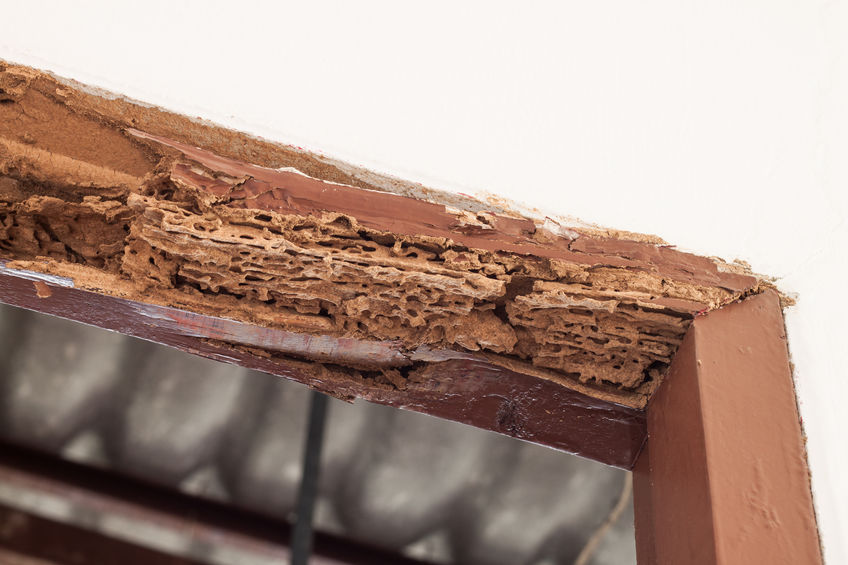It may come as a surprise to many Boston homeowners to learn that their home city is located within a geographic zone where termite pest activity has been deemed “moderate to heavy” by officials with the US Department of Agriculture. This makes termite infestations in Boston more common than termite infestations in urban areas of northern Nevada, most of Utah, and western Colorado. In fact, back in 2015, experts ranked Boston as the 12th most termite infested city in the country, putting it ahead of many cities like Baton Rouge, Honolulu, and San Antonio where termites are known to be economically devastating pests of homes and buildings. The termite species R. flavipes, more commonly known as the “eastern subterranean termite,” is the reason for the high rate of termite infestations in Boston and in the entire state of Massachusetts. These termites are the most destructive of their kind in the US, and they inhabit the entire eastern and midwestern regions of the country. While eastern subterranean termites (EST) are certainly abundant in Boston, homeowners can prevent infestations by minimizing indoor moisture.
Just as their name suggests, subterranean termites live in colonies located beneath the ground where soil moisture allows them to thrive. Subterranean termites have an unusually soft cuticle that cannot retain water unless the pests are surrounded by moist soil. When exposed to the outside air, their internal fluids rapidly evaporate, causing subterranean termites to fatally dry up, or “dessicate.” Foraging workers must construct air tight “mud tubes” out of soil, feces, saliva and bits of wood in order to access above ground wood in homes. These mud tubes protrude from the ground and connect to above ground wood members, and they are often found on exterior foundation walls. Workers can only infest wood that is already moist, and preferably, decayed, but recent studies suggest that workers are able to transport water to above ground wood in order to make their food source more suitable for consumption.
Studies have found that structural lumber with a moisture content of 13 to 15 percent is just enough to sustain workers until they transport more water to the infested wood source. However, structural lumber with a moisture content of at least 24 percent is adequate to sustain workers indefinitely without ground contact. In short, any structural wood with a moisture content of around 15 percent can be considered vulnerable to subterranean termite attack. Moisture content in wood can be measured with moisture meters, which is an important tool during termite inspections. The substructural wood located around foundations tends to be the moistest wood components within homes.
Have you ever measured the moisture content of structural lumber components in your home?

